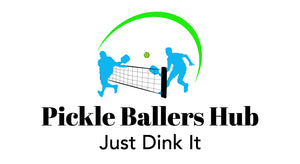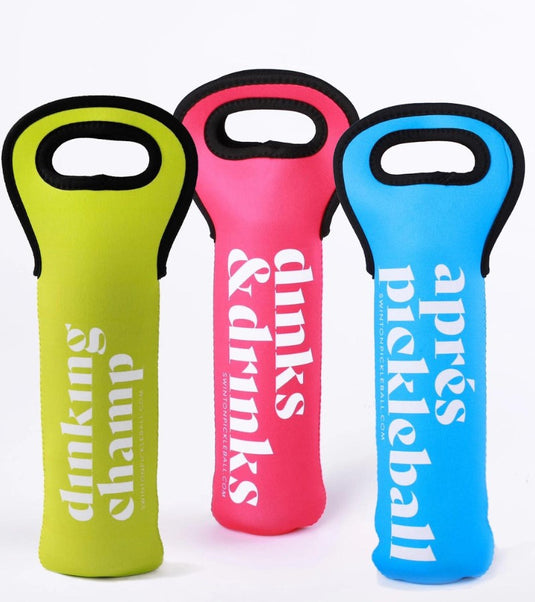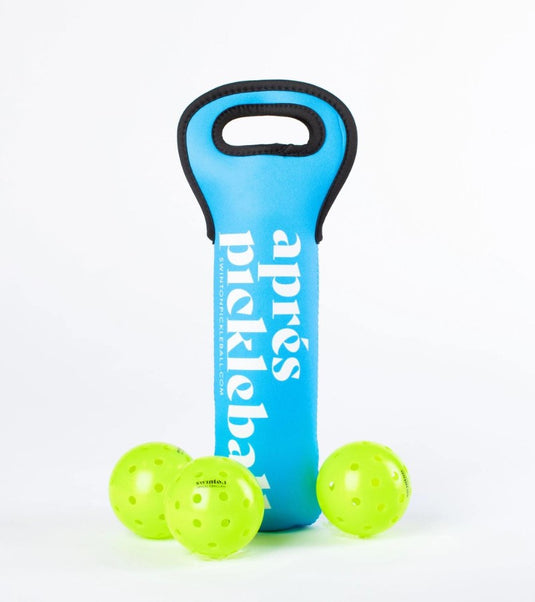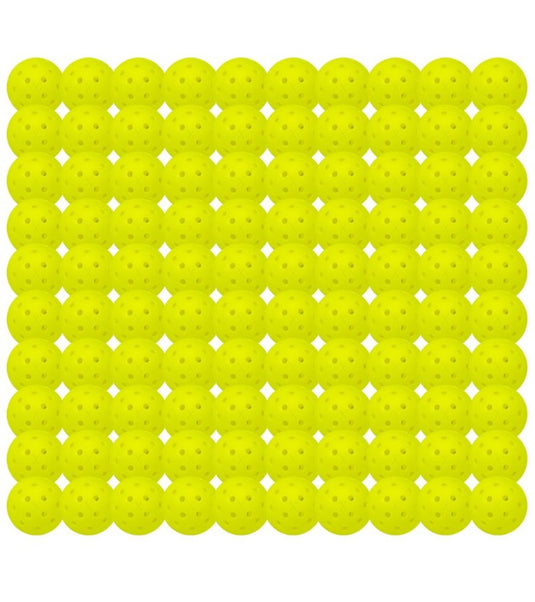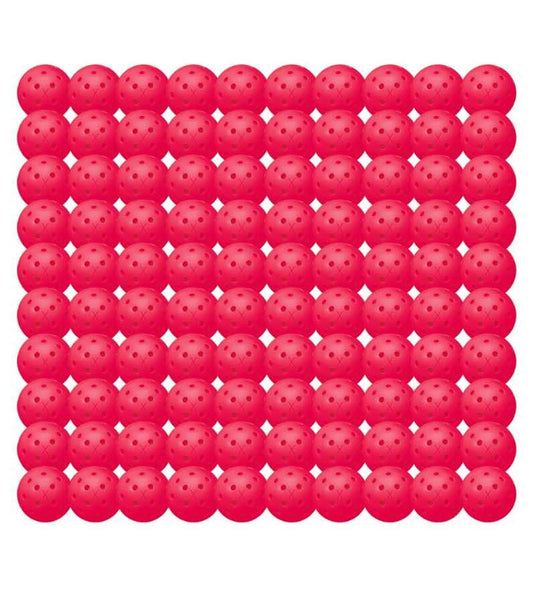Pickleballs
11 productsDoes using indoor or outdoor pickleball balls really make a difference? The short answer is yes, very much so. First things first, what makes a good pickleball ball? Pickleball balls are unique and specifically designed. Both indoor and outdoor pickleball balls are hallow, plastic balls with holes drilled into them. A wiffle ball would be the closest comparison to imagine. In order to be legally used in tournaments, or to properly play pickleball casually, pickleball balls have certain requirements: number of holes, type of material, size and weight. However, indoor and outdoor pickleball balls are not identical in these requirements, so using the proper one for your games will make a difference. Pickle Ballers Hub only offers the highest quality of pickleballs and are approved by the USA Pickleball Approved.
Outdoor Pickleballs
About 2.9” in diameter and features a harder plastic build which is designed to withstand rough play outdoors on concrete and any other rough surface. The design is a hallow ball which keeps the pickleball lightweight, nobody would want to use a heavy pickleball. Outdoor Pickleballs have 40 holes drilled into the ball, these holes are smaller than the indoor balls. This eliminates the effects of wind A) slowing the ball and B) impacting its trajectory.
Indoor Pickleballs
About 2.9” in diameter and feature a softer plastic build and a hallow design that allows for incredible flight. There are 26 holes drilled into the ball and there are less holes than outdoor balls, but the holes are larger. Indoor Pickleballs are often easier to control!
Pickleball Hardness
Pickleball hardness is measured with the durometer hardness test. This is a test used to measure the hardness of materials, typically polymers (plastics). Materials are measured on a scale of 0-100, with 0 being the softest and 100 being the hardest.
The most commonly used plastics for pickleball balls fall amidst a range of hardness on this scale. Here are a few of the most popularly used materials and their corresponding hardness.
- Low-Density Polyethylene (LDPE) – 40-50
- High-Density Polyethylene (HDPE) – 60-70
- Polypropylene (PP) – 70-83
- Polyethylene Terephthalate (PET) – 85-95
The harder a pickleball ball material (so in this case, the higher the scale rating), the better it will bounce. Since indoor pickleball balls are softer than outdoor pickleball balls, you will find that the outdoor balls have better bounce.
Indoor Pickleballs and Outdoor Pickleballs Specs
|
Indoor Pickleballs |
Outdoor Pickleballs |
|
|
Material |
Softer plastic build |
Harder plastic build |
|
Weight |
~0.8 oz |
~0.9 oz |
|
Size (diameter) |
~2.9” |
~2.9” |
|
Number of Holes |
26 (larger sized holes) |
40 (smaller sized holes) |
|
Drag / Speed |
More drag, slower ball speed |
Less drag, faster ball speed |
|
Spin / Control |
More ability to control & add spin to shots |
Less ability to control & add spin to shots |
|
Durability |
More durable |
Less durable, prone to crack |
|
Lifespan |
Longer lifespan |
Shorter lifespan |
